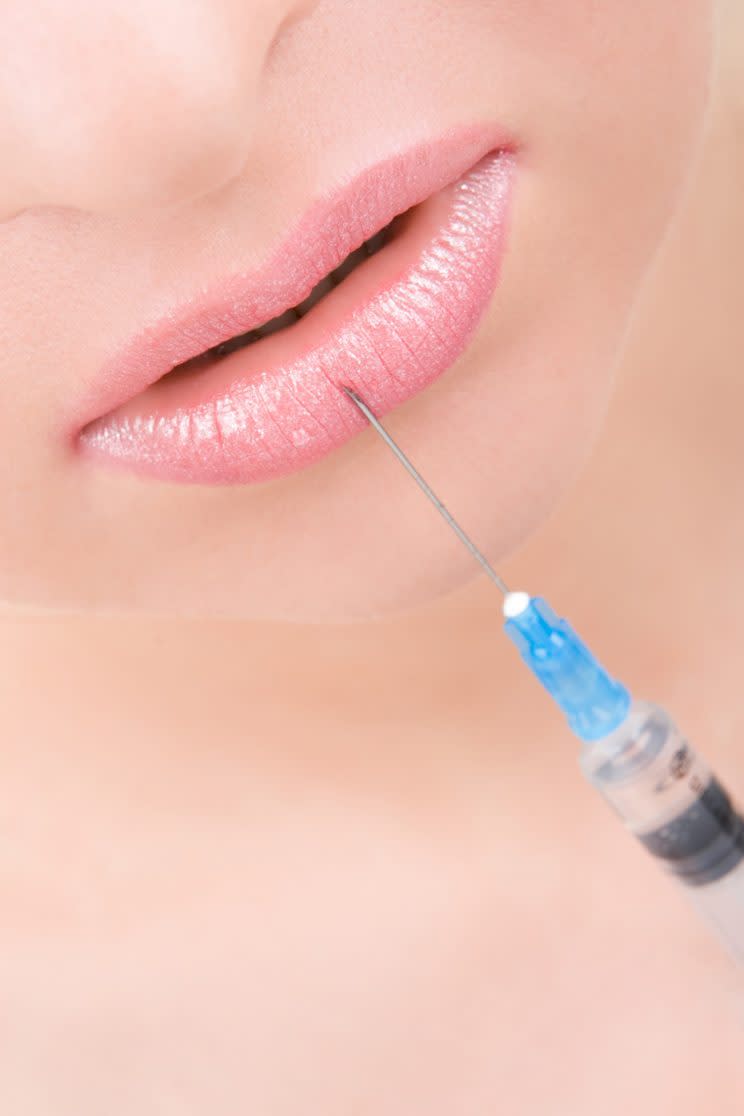Plastic Surgeons Want You to Know That People Have Gone Blind From Injectable Fillers

A new study originating in South Korea — where the highest number per capita of cosmetic surgery procedures are performed — is underlining concerns about risks associated with certain cosmetic procedures. The study examined patients who suffered vision loss after being injected with fillers.
As described by the American Board of Cosmetic Surgery, injectable dermal fillers are “gel-like substances that are injected beneath the skin to restore lost volume, smooth lines and soften creases, or enhance facial contours.” They further note that an estimated million men and women undergo procedures involving fillers every year in the U.S. The substances injected vary depending on the location on the patient’s face and their individual needs, but typical fillers include hyaluronic acid, poly-L-lactic acid, and other substances.
The South Korean study, which was recently published in the Journal of the American Society of Plastic Surgeons, involved a total of nine female patients between the ages of 26 and 45 who were injected with hyaluronic acid. The patients all suffered permanent vision loss. As of 2015, there have been nearly 100 similar incidents reported internationally. According to the reports and studies, no cure has yet been found for this type of vision loss.
In a release from the Australian Society of Plastic Surgeons, the organization’s president, Dr. Mark Ashton, warns, “People need to be aware that the use of fillers and anti-wrinkle injections are essentially invasive procedures and are not risk-free.”
Speaking with Australian newspaper news.com.au, Ashton further warns that these cases of blindness can occur after injections administered not just around the eyes. Injections near any part of a facial artery can put the patient at risk, he says. The material can “travel along the artery all the way up to the corner of the eye, and then that goes into the retina,” he explained.
Ashton also warns that hyaluronic filler injections can cause soft-tissue damage in the nose, forehead, cheeks, and lips. “The Australian Society of Plastic Surgeon’s priority is patient safety, and we are concerned that the general public thinks cosmetic procedures such as injectables, fillers, and lasers are not hazardous and therefore pose no risk.” he said.
Read more from Yahoo Style + Beauty
You’ll Be Shocked Which Cosmetic Procedures Are Covered by Insurance
Bullies and Their Victims Are More Likely to Want Plastic Surgery
Follow us on Instagram, Facebook, and Pinterest for nonstop inspiration delivered fresh to your feed, every day. For Twitter updates, follow @YahooStyle and @YahooBeauty.
